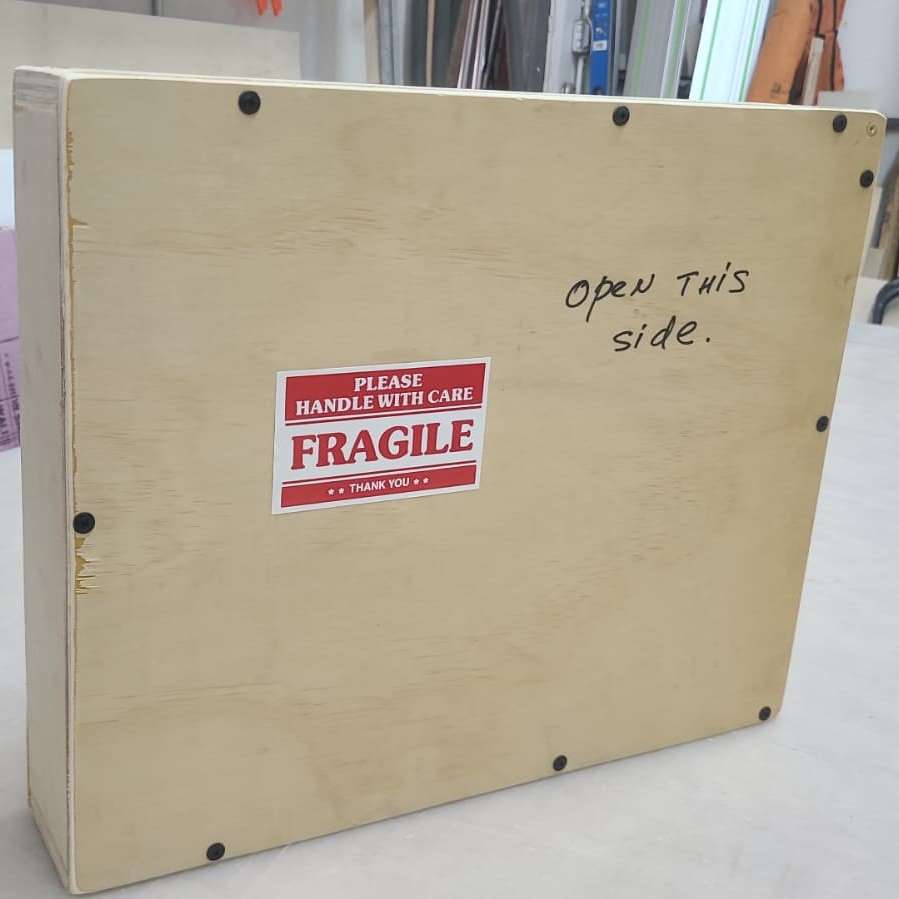Shipping fragile art goes far beyond careful wrapping of all items. In most cases, it requires a thorough scientific understanding of forces acting on the fragile items in transit. An art shuttle can bounce, while planes pressurize their freight. Temperatures can fluctuate throughout the transportation process, and every careless move increases risks manifold. That’s why fragile shipping is a unique blend of art, science, and expertise described below.
Instant Damage Risks from Shock
Physical shock means the process of rapid acceleration or deceleration, which happens when a package is dropped or jolted. Even minor falls cause a powerful impact force on fragile artwork, especially if the latter is made of ceramic, glass, or another vulnerable material. To avoid this damage, professional art handlers create energy-absorbing packaging with the help of foam, air cushions, and double-boxing systems.
Quiet, Continuous Effects of Vibration
While shock is a rapid, one-time impact on the artwork, vibration is constant during transportation. The risk of vibration-related damage increases manifold if shipping is executed by land. Micro-movements resulting from vibration can loosen the frames, cause delicate surface abrasion, and even lead to stress fractures in ceramics. To counter this effect, fragile shipping experts maximize the art freight’s stabilization with polyethylene foam, corrugated inserts, and custom wooden crates. The main goal of such packing solutions is to eliminate spare space inside the shipping box and prevent the artwork’s shifting.
The Weight Factor of Compression
If your art freight is shipped using regular logistics services, you should be ready for package stacking that often happens in general-purpose consolidated deliveries. Boxes that lack structural reinforcement can be damaged by crushing pressure, thus causing irreparable damage to their content. Besides, air transportation involves small shifts in pressure during departures and landings. Therefore, fragile art should be packed with pressure and compression risks in mind. Possible solutions include double-walled corrugated boxes, wooden crates, and solid internal supports that protect the shipment from physical damage.
Turn to Fine Art Shippers for Physics-Informed Fragile Shipping Solutions
The simple truth behind safe art shipping is to avoid guesswork and DIY solutions for fragile, high-value items. The process can go smoothly if you entrust it to a team with solid engineering knowledge and expertise in the transportation of fragile items. We at Fine Art Shippers always create a layered packing system that addresses all the risks discussed above, securing your fragile art from shock, pressure, and compression at all transportation stages.
